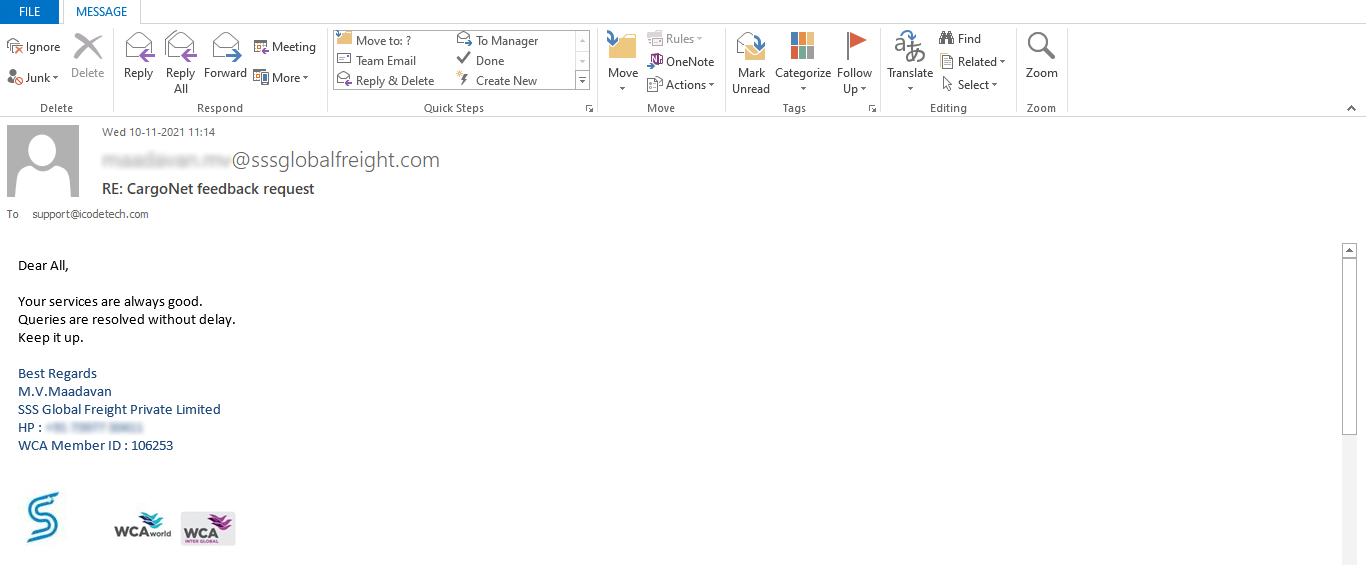In this age of automation, we wonder if logistics automation is still the next great frontier. Logistics automation is the automation of logistics processes. Logistics automation is often referred to as the third wave of automation, after industrial automation and cognitive automation.
The logistics process includes inventory control, warehousing, transportation, distribution, and information management. Logistics automation enables companies to more efficiently manage these business processes. Currently, logistics automation offers the greatest opportunity for improving supply chain efficiency.
Leveraging the right technologies is critical to a company’s success. It’s especially true for logistics, which is at the core of so many facets of business. There are so many people, processes, and methods for getting things done in the supply chain that manually processing information is a time-consuming, inefficient, and sometimes dangerous endeavor.
To stay competitive, companies must automate their operations. In most cases, there is technology available that can automate almost any aspect of the supply chain. But companies must carefully evaluate their options, and choose the right technology.
The benefits of logistics automation are numerous. From increased accuracy to reduced costs, automation can streamline operations, and turbocharge business growth. But how can companies take advantage of the benefits of logistics automation?
Beyond choosing the right technology, there are a few things companies can do to maximize the value automation brings.
Logistics automation is a core component of the fourth industrial revolution. The benefits of logistics automation are far-reaching, and companies need to understand them if they are to benefit from them.
It’s a broad concept, so let’s start by talking about what it consists of.
Logistics automation is software that is used to streamline operations.
Let’s learn how Logistics Automation Helps companies
- Reduce inventory: When a company uses logistics automation to store goods in warehouses or on shelves, and ships them only when customers order them, the company reduces warehousing costs.
- Reduce transportation costs: When companies use logistics automation to track the location of goods and plan the routes for delivery, they use fewer resources to get the goods to customers. • Increase delivery speed: When companies use logistics automation to track the location of goods, they can plan routes to deliver goods faster.
- Increase shipping accuracy: When logistics automation tracks the location of goods, it can track them more accurately.
- Reduce errors: Logistics automation reduces errors that occur during shipping, such as misplaced goods or lost shipments.
- Improve customer service: Logistics automation improves customer service by giving companies a better sense of how customers are responding to their products and marketing campaigns.
- Improve employee productivity: Logistics automation allows employees more time to get other tasks done.
- Improve cash flow: Logistics automation improves cash flow by freeing up employees to focus on more value-added tasks.
















